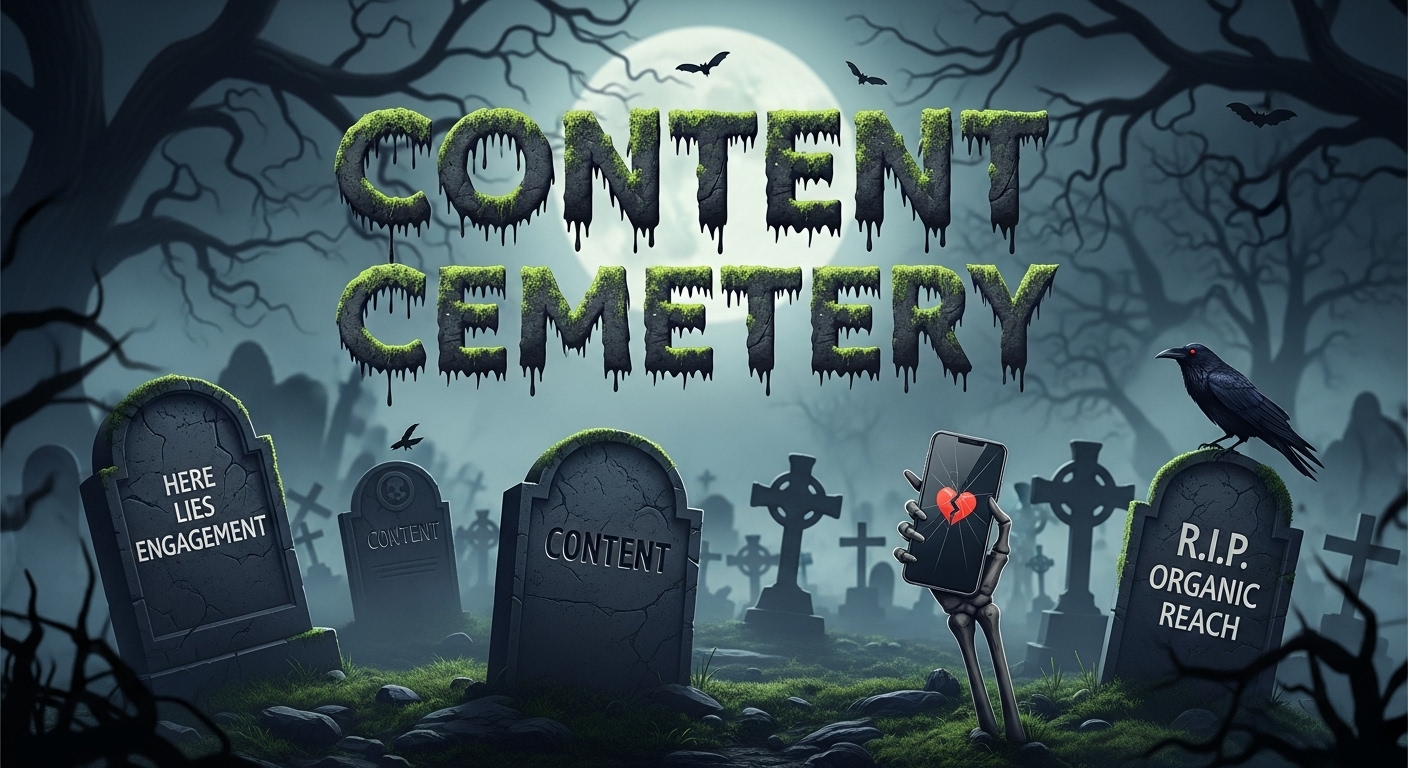
How to Use Pilots to Improve Marketing Innovation

Many modern marketers know the importance of innovation in their strategy. After all, innovative marketing can help unlock accelerated growth, whether it supports brand, pipeline, new markets, or more. But resources, budget, and other priorities often get in the way.
That’s where pilots can come in handy.
What is a pilot?
Pilots are low risk, high potential ways to experiment and innovate in your marketing org.
A pilot is a new experiment that meets your business objectives and is designed to help you learn more about performance (whether it’s about content, a channel, or a stage in the audience journey). In the same vein of A/B testing, a pilot lets you identify success (or failure) early and is reversible if it doesn’t work. They help you build momentum in your organization and offer the flexibility to scale.
The key is to develop a series of low risk, but high potential pilots that align with your learning agenda — key strategic questions that will make your business more successful.
As you decide what those pilots look like, here are nine tips to keep in mind, inspired by a Knotch workshop with marketing leaders from Zillow, Square, and Enterprise.
1. Define success
Be absolutely clear about what success looks like. Agree on what your objective is — and do it in detail. This is the backbone of your pilot and what you’re measuring toward.
2. Hone your audience
Decide on which audience(s) to focus on — the more targeted, the better.
Some good places to start:
- Consider audiences whose needs aren’t well served today
- Look to your most valuable customers. It’ll be easier to improve response and engagement rates (and know the baseline), rather than with potential customers you have no relationship with.
3. Map the journey
Once you’ve decided which audience is priority, map out their journey to understand not only the rational and emotional needs of each stage but also which channels they prefer to engage with. (This is an excellent opportunity to encourage collaboration and alignment across your marketing team, from market research to channel managers to brand teams.)
Look for gaps, where there’s an opportunity to make a real difference, and for leaks in the journey or funnel where you can use content as a plug. Ideally, you’ll also find opportunities where your brand promise will truly resonate.
4. Ensure timeliness and scalability
It’s important to limit scope and create pilots that don’t take a long time to deploy. Ideally, your pilot should be in market within three months of conception. After all, time is a finite resource, and you only have so much time to prove your efforts.
Also be careful to not over-invest in infrastructure to support your pilots. Be pragmatic and use temporary solutions. Once you have a winning pilot, you can then build according to your needs.
Also make sure your pilots have the potential to scale, so that if there is a winner, you’re can continue to invest in that approach to grow and improve results. If you can’t envision the future scale of this pilot, you won’t be set up for success.
Note on hiring outside help: If you already work with an agency that understands your business, strategy, audiences, and learning agenda, leveraging them as a resource can be worth the investment, because they allow you to scale and then reduce resources as pilots come and go. If you’re looking to work with a brand new agency, though, just remember that you might be spending more time ramping them up than your pilots justify.
5. Build with response rates in mind
It’s easier to improve response rates from good to excellent than it is to establish response rates that are already low.
If you have a direct marketer on your team, they already know this. But conversion or advocacy might be easier to impact than acquisition. That’s why you should have some pilots in areas of your business — such as with existing quality customers — where your response rates are already decent.
Why? When you have a baseline for performance, you can better understand (and more easily see) how your pilot can improve results.
When done well, content marketing in these pilots might improve customer service scores or reduce the time customers take with sales or service teams. Don’t forget to measure operational improvement, too.
6. Keep an eye on competitors
This isn’t just to keep tabs on your competitors. Use it as a learning exercise. You can then find the gaps where you can flip their strategy in a way that’s unique to your brand and product/service strengths.
7. Make metrics consistent
Try to measure your pilots in the same (or similar) way that other marketing investments are made.
What do we mean by this? Unfortunately, many stakeholders will dismiss the results from your pilots if the language or engagement measure aren’t respected or understood by the business.
If you can report results in a way that stakeholders are used to, it’s easier for them to connect the dots and understand your data’s significance. And of course, always connect your results back to business outcomes.
8. Don’t forget about content types
New content types emerge constantly, thanks to technology. So creating pilots specifically around new content types will help you stay in front of your competitors and your audience’s needs.
For these pilots, external experts can be extremely helpful. For example, podcasts are a big commitment, but they might be worth the effort if your audience enjoys consuming information in that format. However, building in-house expertise and infrastructure can be an arduous task. For your pilot, work with a podcast agency partner. Then if you see signs of success, let your internal expertise grow as your success scales and evaluate when (and if) you should bring the work in-house.
Another tip: In Knotch’s experience, more visual content types correlate to higher engagement and action rates.
9. Collaborate, collaborate, collaborate
To ensure buy-in and success, you’ll want to build teams that reach across the organization.
For example, involve your paid media team and have them approach owned and earned channels with as much rigor as paid channels. Or have your web team help with user experience or landing page testing.
Whatever your approach, make sure your knowledge sharing channels are in place so you spread the word when you find pilots that work. If you can share knowledge faster than your competitors, it’ll be a big competitive advantage.
Making your final decisions
Once you have a long list of pilot options, rank them against each of these criteria, weighted for emphasis, if necessary. Pick the pilots that rise to the top, but hold on to the others for the future.
For those top picks, make sure to ask yourself:
- Does the pilot align with BOTH an important business priority and an audience need?
- Can you tackle it this quarter or next, using existing resources?
- Is it repeatable and scalable down the line, if the pilot shows success?
- Is the incremental impact measurable?
- Will this help your company to perceive your team as a business driver?

Before you move forward with a pilot, it should check at least four of the five boxes. If a pilot doesn't meet the criteria, you'll want to rework it so that it does.
Happy piloting!
For more about pilots, watch our workshop with Zillow, Square, and Enterprise, available on demand.
Become a thought leader
Become a thought leader
Trusted by the largest (and now smartest) brands in the world.
“Before Knotch we did not understand what content was driving business results. Now we understand which content moves the needle. Knotch’s cohesive reporting and insights paint a real picture of what’s happening on our website instead of the patchwork quilt that comes from a Google Analytics approach. With Knotch we have been able to re-prioritize ad spend, route better leads to our SDR team, and inform our content development initiatives.”

"The Knotch platform ensures that we deliver high-performing content tailored to young home shoppers, enhancing their experience and driving better business outcomes.”

"Our partnership with Knotch has been highly successful, empowering us to leverage data-driven insights and refine our content strategy.”









